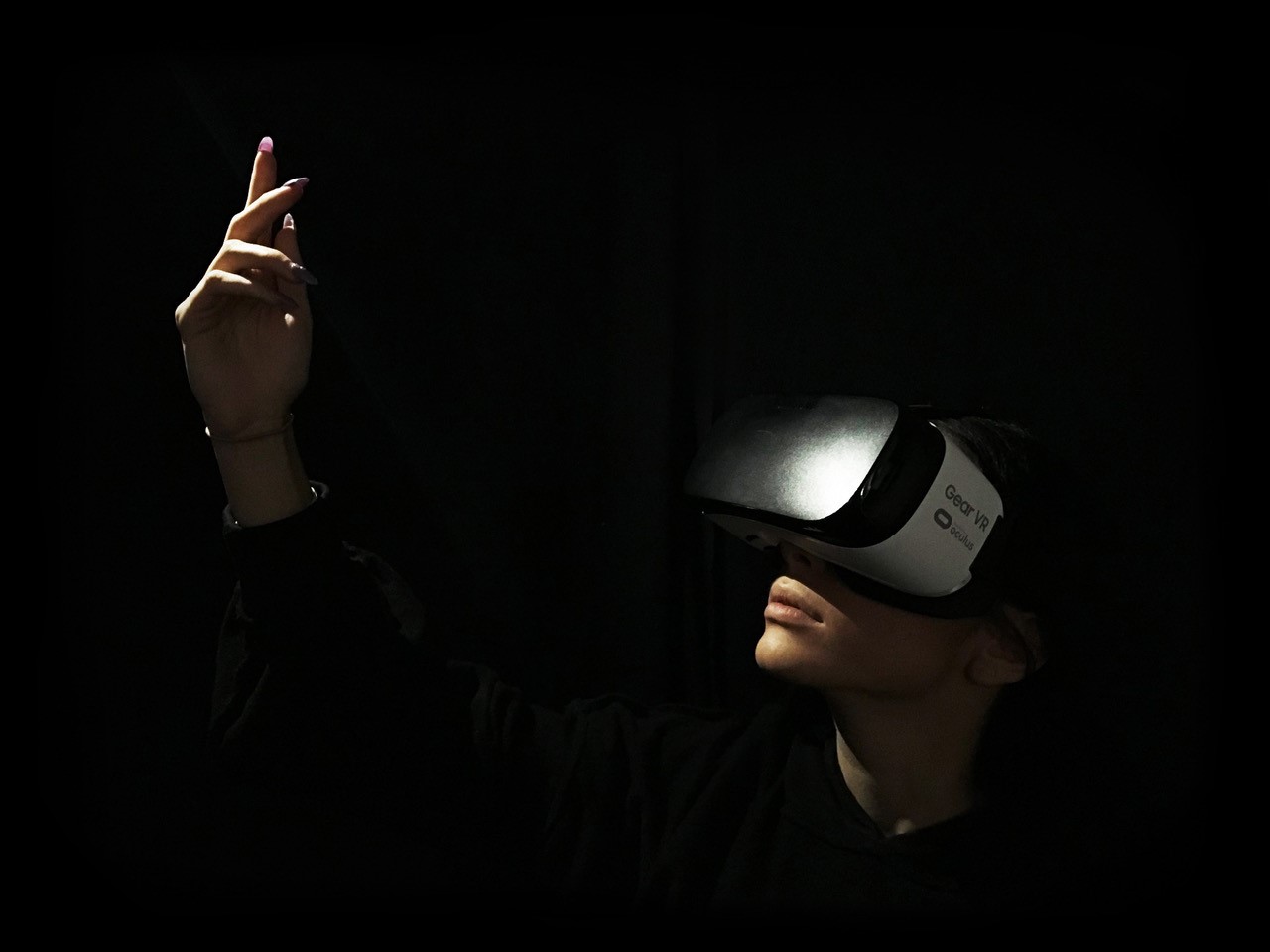Massive MIMO
New wireless technology and a key part of 5G / Reduces network congestion by providing more channels in the same spectrum / Offers enhanced quality and additional services, such as localisation
 Layered Realities Weekend - A 5G Showcase
Layered Realities Weekend - A 5G Showcase
Over the weekend of 17th - 18th March 2018, the University of Bristol's Smart Internet Lab hosted the world's first 5G public showcase in Millennium Square, Bristol. Demonstrations, talks and artistic experimentation combined in an exciting blend of technology and expression. This event was run in conjunction with Watershed & We The Curious.
Photo Credit: Kaleider's - 'From The Light Of Fire, Our Dancing Shadows'
Virtually all of us have experienced poor performance whilst using our wireless devices in a major cultural or sporting events, although we have five bars of 4G signal. The problem is often not signal strength, but insufficient network resources to support your request. This frustrating experience is becoming all too familiar for today’s wireless users. If predictions are correct, we will require 1000 times more capacity by 2020 to accommodate the new demands such as virtual reality (VR), autonomous driving and the Internet of Things (IoT).

The Massive MIMO team, March 2018
Massive MIMO is a game changing technology which allows us to pack more information into a limited bandwidth by exploiting spatial signal processing. An easy way to consider the massive MIMO concept is to compare it with human hearing. Having two ears allows us to discern not only the intensity of sounds, but also the direction and approximate location of the sources. A massive MIMO base station could be regarded as having in excess of 100 ears, or antennas, which give it the ability to identify its spatial relationship to multiple devices with unprecedented accuracy.

Technical Description
Massive Multiple-Input Multiple-Output (MIMO) is an evolution of the Multi-User (MU) MIMO multiantenna technique that exploits multipath scattering to increase system capacity, particularly below 6 GHz where enhanced spectral efficiency is paramount. Massive MIMO can encompass all systems with a large array of antennas, some of which often perform more conventional beam steering. Here we specifically refer to systems that use many tens or hundreds of digital RF chains to conduct robust spatial multiplexing. Precoding is the right word to use since it is a fully digital implementation, where the phases and amplitudes can be jointly optimised to achieve high capacity through spatial multiplexing of many users, highly tuned for each operational scenario.
The Massive MIMO concept was first introduced in 2010 and an intensive body of theoretical analysis has since appeared in the literature. Through close collaboration between Bristol Is Open (a joint venture between the University of Bristol and Bristol City Council), Lund University and National Instruments the Massive MIMO technology has been taken from the chalkboard to the radio mast, providing key results to the research community as well as providing novel solutions to the difficulties faced when operating under real conditions. Our pioneering work in Massive MIMO has led to several top-class publications and numerous Engineering Impact awards. A team of postgraduate research students has set the current world record for spectral efficiency using this technology in the city of Bristol.
 650x265_opt.jpg)